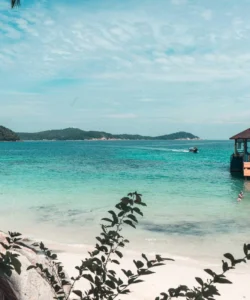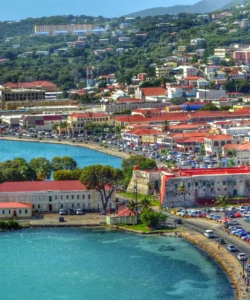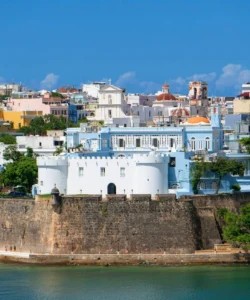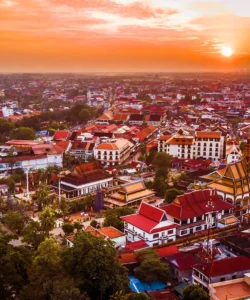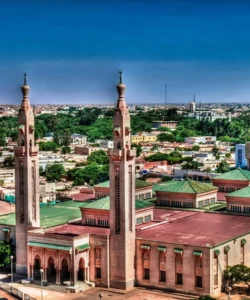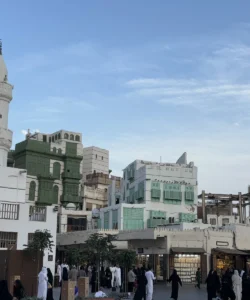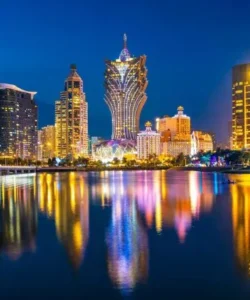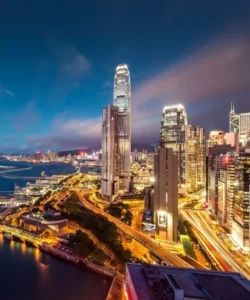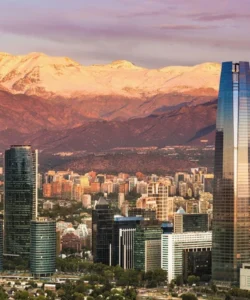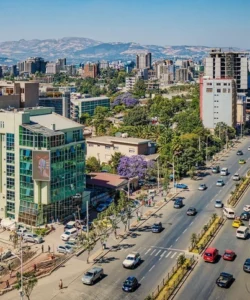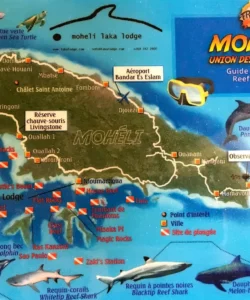Peru is a captivating South American country known for its rich history, diverse landscapes, and vibrant culture.
![]()
Area and Population:
Peru covers an area of approximately 1,285,216 km² (496,225 sq mi). Its population is estimated to be around 33.4 million inhabitants (as of 2022/2023).
Language:
The official language of Peru is Spanish, spoken by the vast majority of the population. However, Quechua is also an official language and is widely spoken in the Andean highlands. Aymara is another important indigenous language, particularly in the Puno region. While many locals in tourist areas speak basic English, having some knowledge of Spanish can greatly enhance your travel experience.
Currency:
The currency of Peru is the Peruvian Sol (PEN), often referred to as “Nuevo Sol.”
Religion:
The predominant religion in Peru is Catholicism, accounting for over 76% of the population. Protestantism is also present, along with smaller percentages of other Christian denominations, no religion, and other faiths like Buddhism and Baháʼí Faith.
Capital:
The capital city of Peru is Lima, located on the central coast of Peru. It’s the economic and political center of the country and a bustling metropolis with a rich colonial history and a thriving culinary scene.
Major Cities:
Besides Lima, other major cities in Peru include:
- Arequipa: Known as the “White City” for its volcanic stone architecture.
- Cusco: The historical capital of the Inca Empire and the gateway to Machu Picchu.
- Trujillo: A coastal city with pre-Columbian archaeological sites.
- Chiclayo: Another important city on the northern coast.
- Piura: A city in northern Peru known for its warm climate.
Attractions and Wonders:
Peru is home to numerous iconic attractions and natural wonders:
- Machu Picchu: The most famous Inca citadel, a UNESCO World Heritage site and one of the New Seven Wonders of the World.
- The Sacred Valley: A fertile valley between Cusco and Machu Picchu, dotted with Inca ruins, traditional villages, and picturesque landscapes (e.g., Ollantaytambo, Pisac).
- Nazca Lines: Enigmatic geoglyphs etched into the desert floor.
- Lake Titicaca: The highest navigable lake in the world, shared with Bolivia, known for its floating Uros islands.
- Colca Canyon: One of the deepest canyons in the world, famous for condor sightings.
- Amazon Rainforest: A vast biodiversity hotspot offering jungle excursions and wildlife viewing.
- Lima’s Historical Center: A UNESCO World Heritage site featuring colonial architecture, cathedrals, and museums.
- Gocta and Yumbilla Falls: Two of the tallest waterfalls in the world, located in the Amazonas region.
- Kuélap: A massive pre-Inca fortress in northern Peru.
- Huaraz: A hub for trekking and mountaineering in the Cordillera Blanca.
Architecture:
Peruvian architecture reflects a blend of influences, primarily:
- Pre-Columbian Architecture: Characterized by massive stone constructions like those found in Machu Picchu and Ollantaytambo, known for their precise dry-stone masonry.
- Colonial Architecture: Influenced by Spanish styles, featuring grand cathedrals, ornate churches, and elegant mansions, especially prominent in Lima and Cusco.
- Contemporary Architecture: Modern buildings incorporating local materials and designs.
Roads:
Peru’s road network plays a crucial role in its connectivity. The total length of roads has significantly increased in recent decades. The national road network is largely paved (around 83% in 2021), while regional and rural networks have lower paving rates. The diverse geography of Peru, from coastal deserts to high Andean passes and Amazonian jungles, presents challenges for road construction and maintenance.
Hotels:
Peru offers a wide range of accommodation options, from luxury resorts and boutique hotels in major cities and tourist areas to budget-friendly hostels and guesthouses. Popular areas for hotels include Miraflores and the Historic Center in Lima, and the Historic Center in Cusco.
Restaurants and Cuisine:
Peruvian cuisine is renowned globally for its diverse flavors, fresh ingredients, and innovative fusion of indigenous and international influences. It’s often considered one of the best cuisines in the world.
- Key Dishes:
- Ceviche: Fresh raw fish cured in citrus juices, a national dish.
- Lomo Saltado: Stir-fried beef with onions, tomatoes, and French fries, served with rice.
- Aji de Gallina: Creamy chicken stew with a yellow chili pepper sauce.
- Rocoto Relleno: Stuffed spicy peppers, a specialty of Arequipa.
- Pachamanca: A traditional Andean dish cooked in an underground oven with hot stones, typically including various meats and vegetables.
- Quinoa: A highly nutritious grain that is a staple in Andean cuisine.
- Notable Restaurants: Lima boasts several world-renowned restaurants, including Central and Maido, which consistently rank among the top restaurants globally. Other excellent dining options can be found in Cusco (e.g., Chicha, Pachapapa, Cicciolina) and Arequipa (e.g., Zig Zag).

